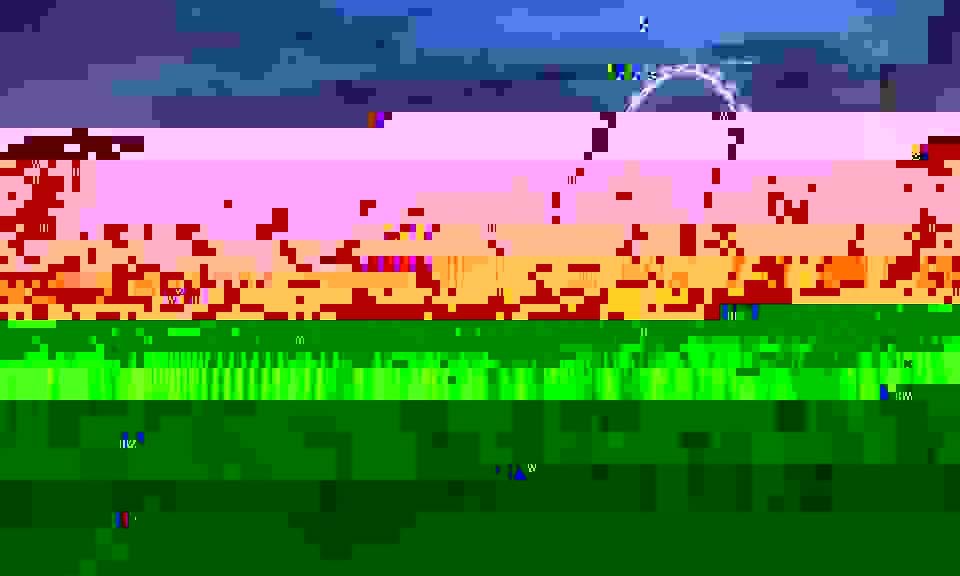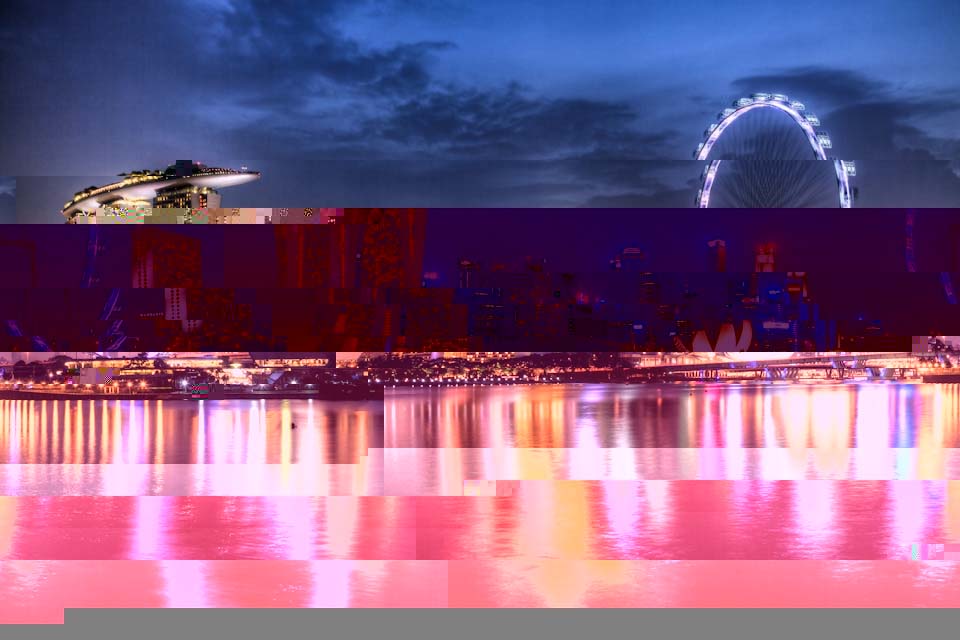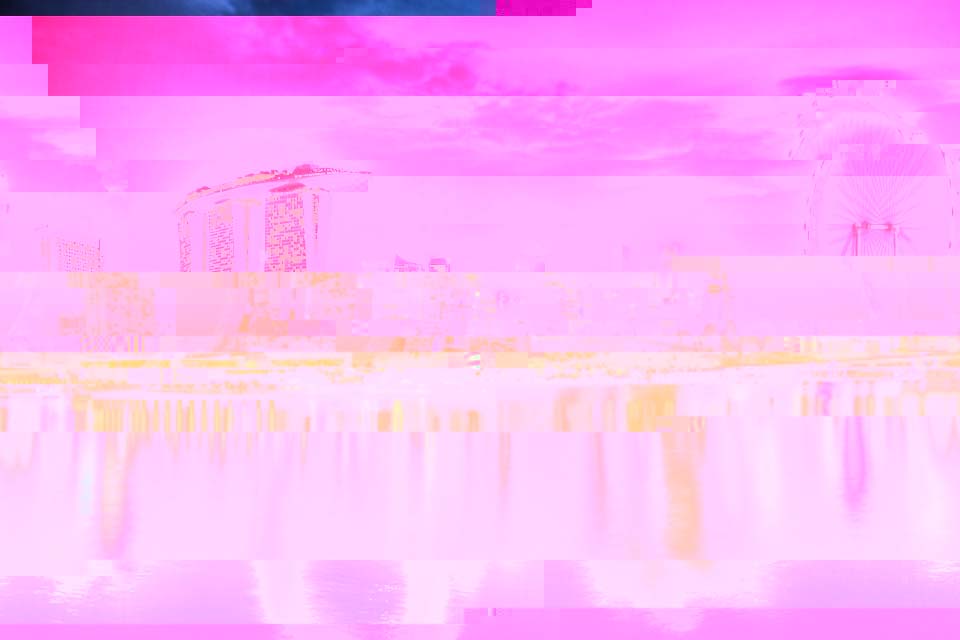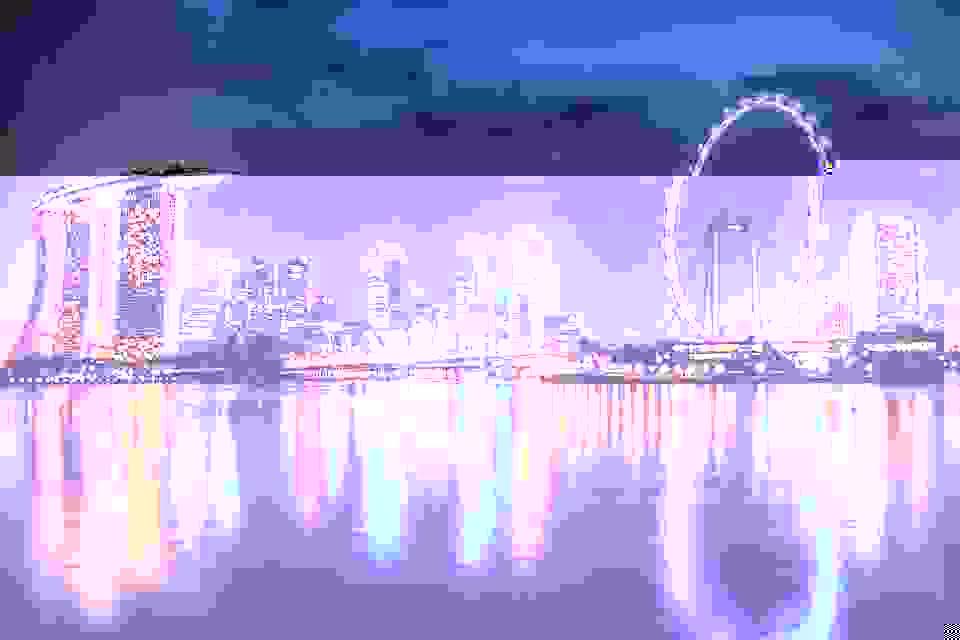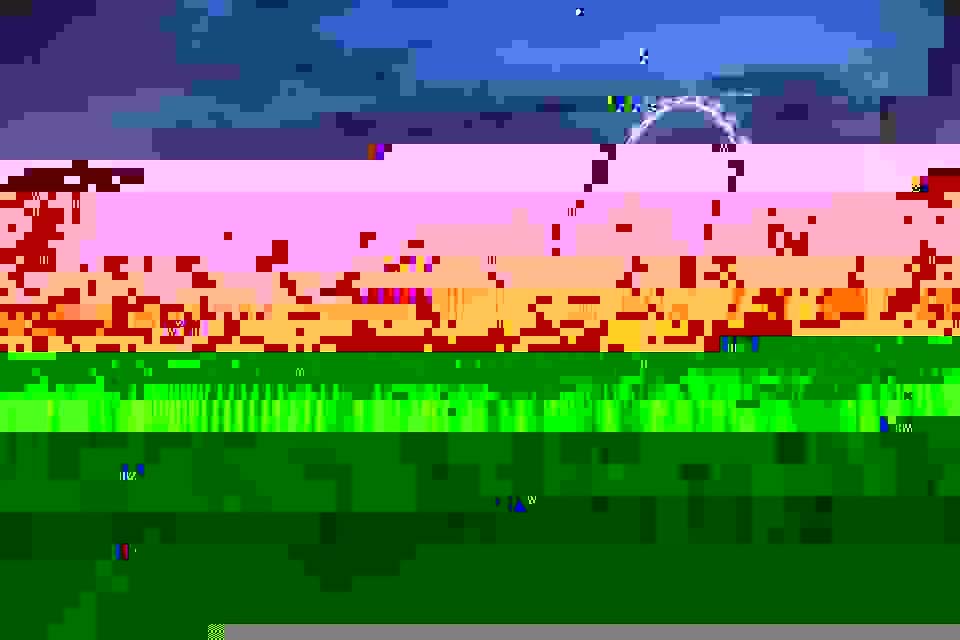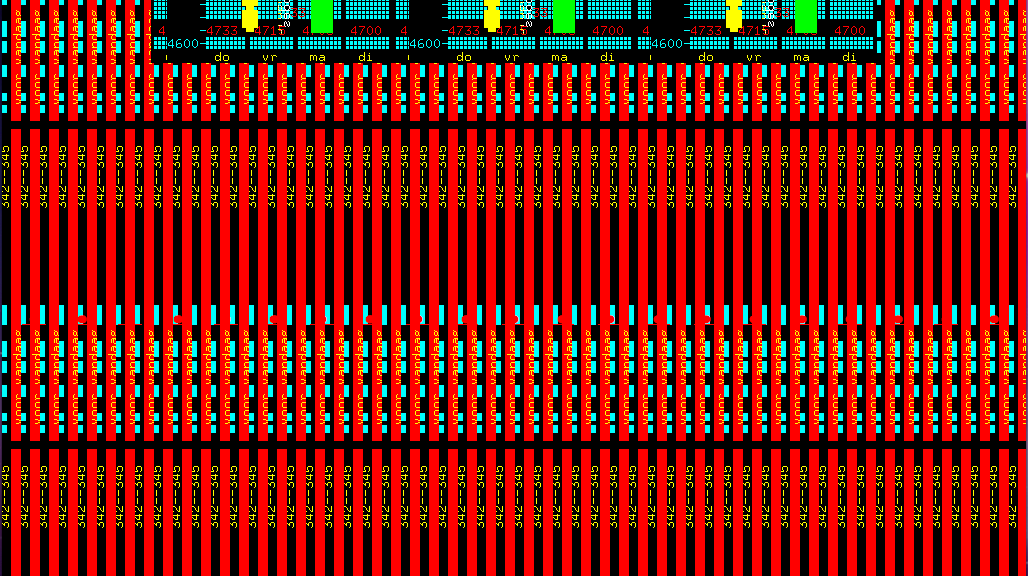I started with the usual, by victimising a friend of mine to go through this website with me and give his comments. This time it was my best friend from the police force ( and he says his division was too secretively he can’t tell me what he does). I just told him I had to check out the website and give my comments on its concept – that’s all I told him.
Anyways, his reaction was proof how attention span these days are 7 secs. Within 5 secs of entering this website, and exploring through the green powered syntax, he shut the browser and re-entered the website again. Upon the return of the green syntax with a black background, he shut down the browser and told me that my prof might have gotten a wrong link or the link has been sold to something else. He thought it was a viral site that was transparent and was working on my computer or tracking my activities etc. Boy, was he in for a surprise when I told him its art. I guess the artist had proved me on their objective that they wanted to give a hacker intend; to probe, to disturb and to disrupt.
https://www.youtube.com/watch?v=Z35b38CKc08
So Jodi.org is an interesting and fantasying website( this coming from me means I am really impressed) at first glance. At first glance, it seems far from a aesthetic piece with its black background, green or yellow syntax with low-res appearances and simple geometric shapes if any form of images do appear. There is lots of chaos going on. Words that you don’t understand but you have this impression immediately, no matter who you are, that they are codes. You recognise it and that itself ( like my friend ) puts you in the impression that its a ‘glitch’. But what’s worse is when you start browsing the website, you realize that you will receive weird feedback from the website after you click or move your mouse. Its constantly random and the website or the interface is always changing !!!! Its a GLITCH, a hacker like GLITCH!!!!
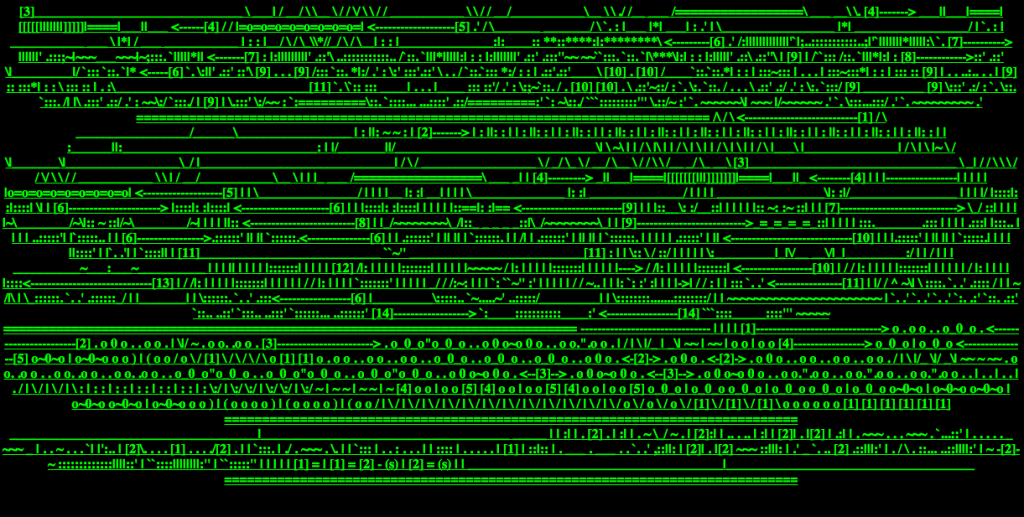
Jodi, or jodi.org, is a collaboration of two internet artists: Joan Heemskerk and Dirk Paesmans. Though their initial background is in video art and photography, they started to create original artworks for the internet in the mid 1992s, which eventually lead to this beautiful piece of art called Jodi.org. It gives you the feel of computerised information that goes behind our beautiful GI. The whole ‘code is art’ makes perfect sense when you use the interface because these syntax makes up the process that runs behind it but we never appreciate them until we come across a glitch. Here, there are no expectations once you start exploring so that itself is an artistic expression to me. The basis of no expectations is difficult to achieve but they did it brilliantly.
Glitch has a very negative connotation since the biblical times, where the expulsion from the garden of eden till the era where Facebook is able to reveal certain photos that supposedly non-public viewing. Its simple- its confusing, seemingly unprogressive and of course annoying! But let’s put these facts together, Steve Jobs used a glitch in the phone lines for his very first ( apparently) experiment and it was a factor of motivation to experiment. If it weren’t for Gergor Mendal’s discovery of a ‘glitch’ in green peas selection, we wouldn’t have discovered natural selection.
The idea of glitch art is very different here as it is not the linear process of exhibiting glitch though it seems as such. The glitch here is determined by the user and the ‘path’ he chooses to take, which is pretty much what a website does. But its not linear because the glitch is based on where you go to and it goes to become a world of glitches.
From my research, most artists actually avoid the reference or use to certain visual representations one of them being Bold3RR. But for this piece, the glitch art is clearly representative visually of the reality behind the glitch – syntax and computer generated codes.
“Every form of glitch, whether breaking a flow or designed to look like it breaks a flow, will eventually become a new fashion. That is fate.”
-Rosa Menkman, No. 04: The Glitch Moment(um), Rosa Menkman, pg8-9
One of the pointers that I relate strongly to is the ‘procedural programming described by Rosa Menkman in her article ” Glitch Moment(um), ” to reference series’ of computational steps that must be carried out in order for a program to reach a desired state.”. Once the ‘erratic’ behaviour is unknown, we either ignore the glitch or become oblivious to the glitch that might just be right in front of us. According to The Glitch Moment(um), Menkman touches on the points of noise and its existence only when in relation to social context and what it is not (refer to pg28). Hence it is not independent. In Jordi.org, we see this theory come to play when the code that we look at is gibberish to us but that is because we acknowledge its existence and believe that that’s not how its suppose to be. We already formulate the rules of what to expect and when it seems to deviate from our expectations, we acknowledge it but its a stigma acknowledgement. However for Jodi, its a case, where we immediately are aware at first sight that it is a glitch, it becomes a simple failure bug report ( which I proved with the reaction with my best friend). But because it constantly changes, the behaviour becomes unknown and hence we will eventually ‘surrender’ and either become oblivious to the glitch or ignore it ( if you aren’t looking at it for fun and art).
However, referencing back to the context from Menkman’s The Glitch Moment(um), Menkman did mention about Jordi.org exploiting the Liu-cool logic and creating the attraction point that sparks out the whole concept of Jordi.org. Liu Cool logic states that when the glitch is considered cool, it is still active, reflected upon and that it is still ‘withholding that idea’ (pg 44). He considers cool as a constant state of flux. To think about it, perhaps it is something like a museum attraction. When the whole idea is trendy, it becomes an attraction ( perhaps even displayed in important hyped occasions). But the moment, it loses its coolness, it becomes history that we no longer adapt to me or try to imitate. Instead it goes to archive. Like mentioned in the theory, it is dependent on two types of mediums- technology, the artist and the interpretation by the viewer. Hence, when reflecting on this, I ask the question that bounds towards the question of retro glitch art. We have heard how art very often borrows elements from all aspects from the its ancestors. Why does this not work for art? Something I am actually very curious to explore.
Hence, it conclusion, I do feel that this art piece might seem like a simple glitch art, but overall its not cause its not that linear. The idea that glitches are always evolving will eventually make you uncomfortable or even frustrated. But thats the point; when glitch and art are evolving ,the main essence of glitch art, to think about it, is the ever changing nature of glitch and its art!
MY TWO CENTS: www.jodi.org
...
This one isn't for everyone...
Ummm... I guess the webmaster's name is Jodi,
but who knows? In fact, who really knows just
what is going on in this site! Site? Can this
be called a "site?" This... place... is truly
a work of art.
That is...
This site goes beyond all html constraints to
present the visitor with bizarre webtechnics
that make you wonder whether your browser is
going bonkers or whether you've had two too
many cyberdrinks. There are plenty of letters
on these pages, but don't expect too many words.
What a terrific use (err, abuse) of html!
Oh, by the way:
Blinkophobes Beware!
Anyway,
this place will cause more "View Source" buttons to
be pressed than emails reaching Socks Clinton. You
gotta at least check out the code for the first page!
But be sure you take along some aspirin -- it'll
help with your hangover.
– J.Geoff Malta, jgeoff.com
Cheers
Jaysee
